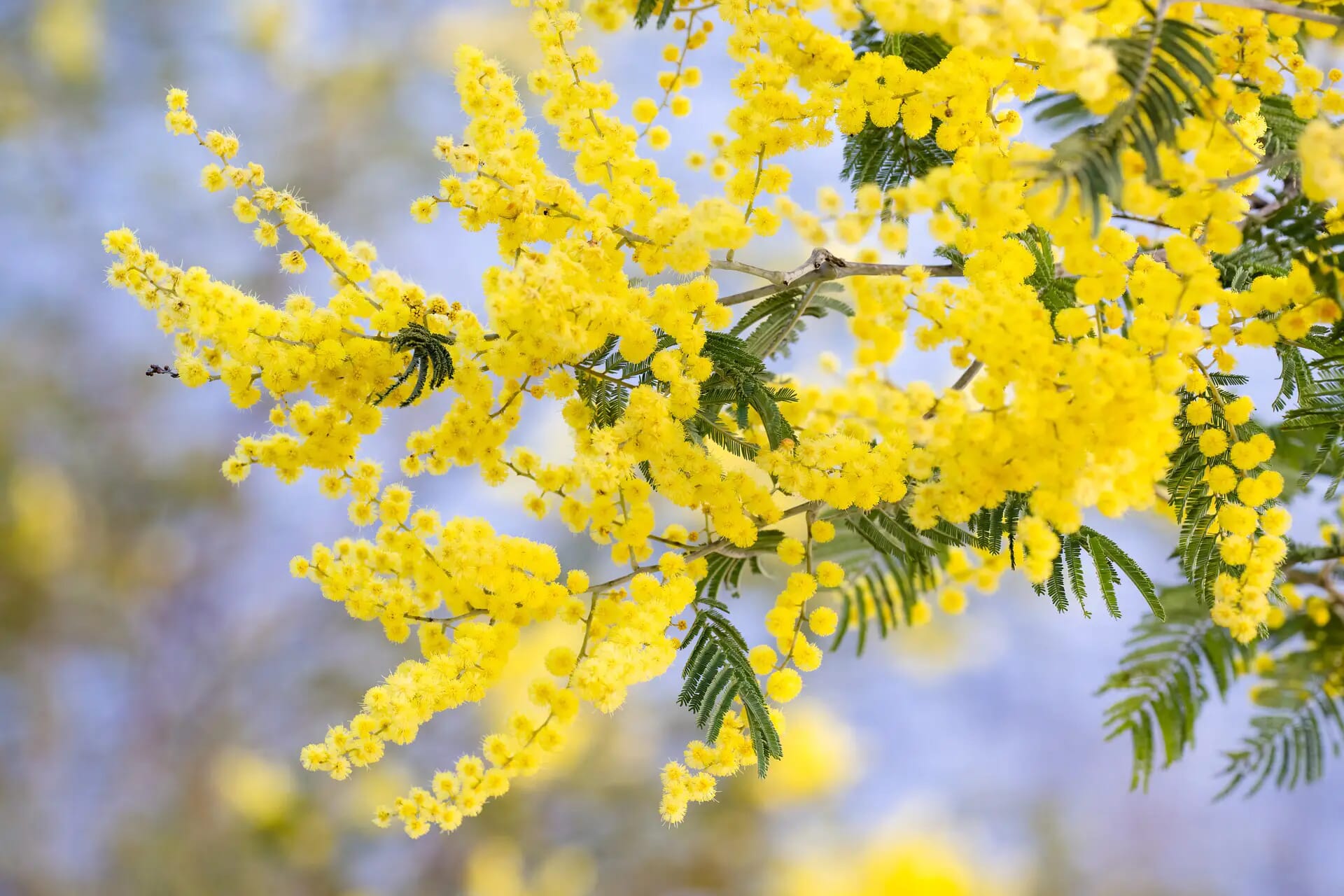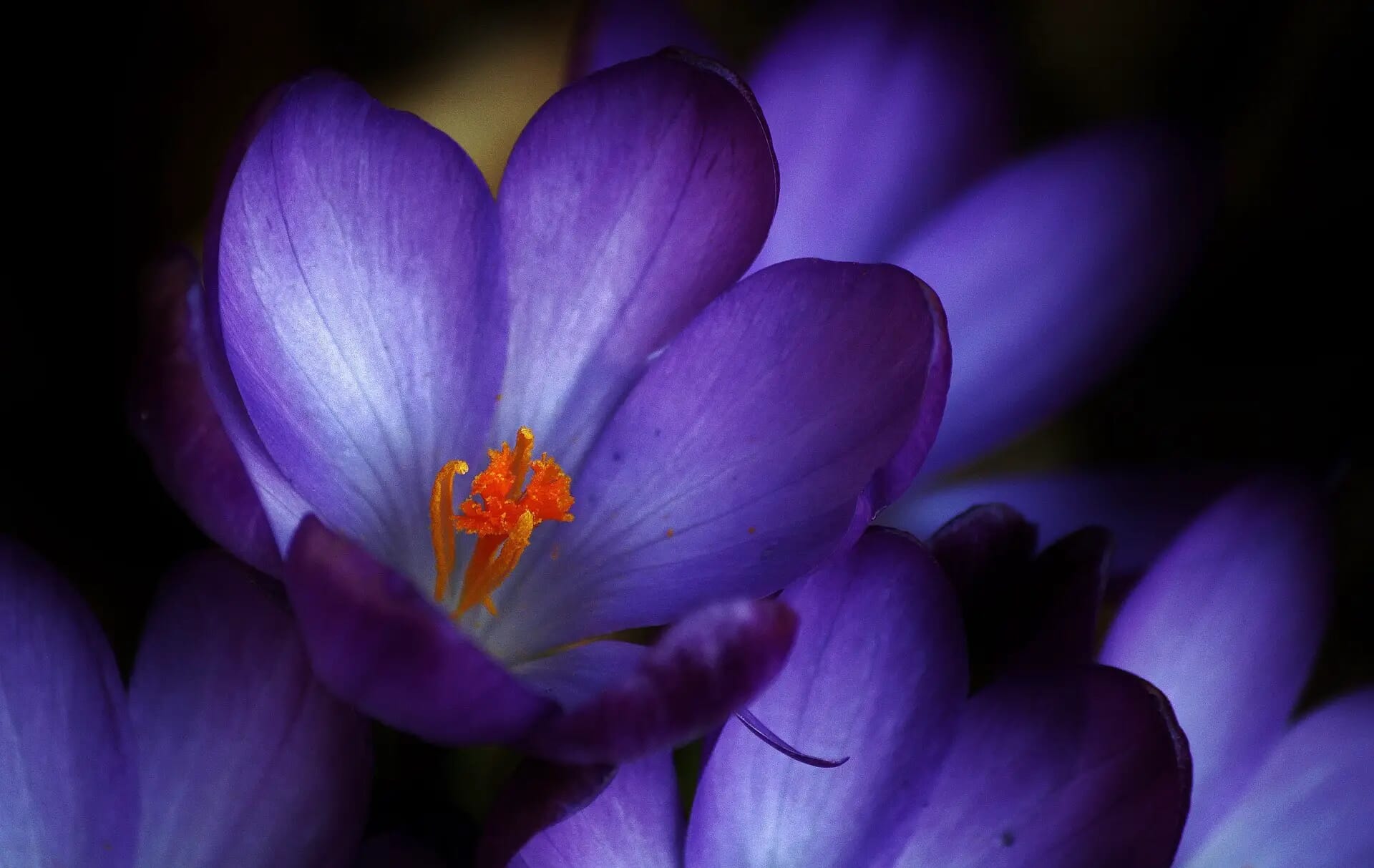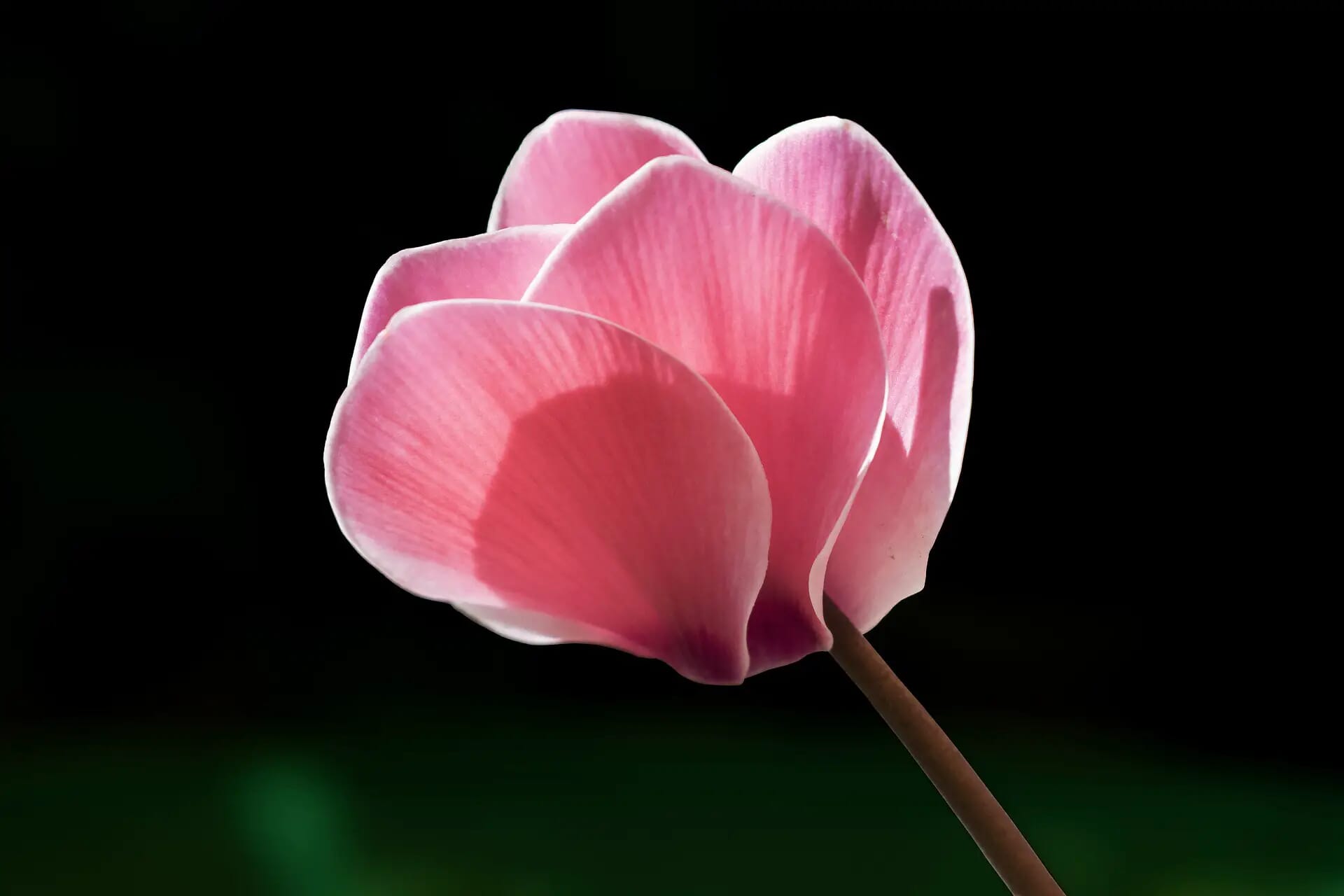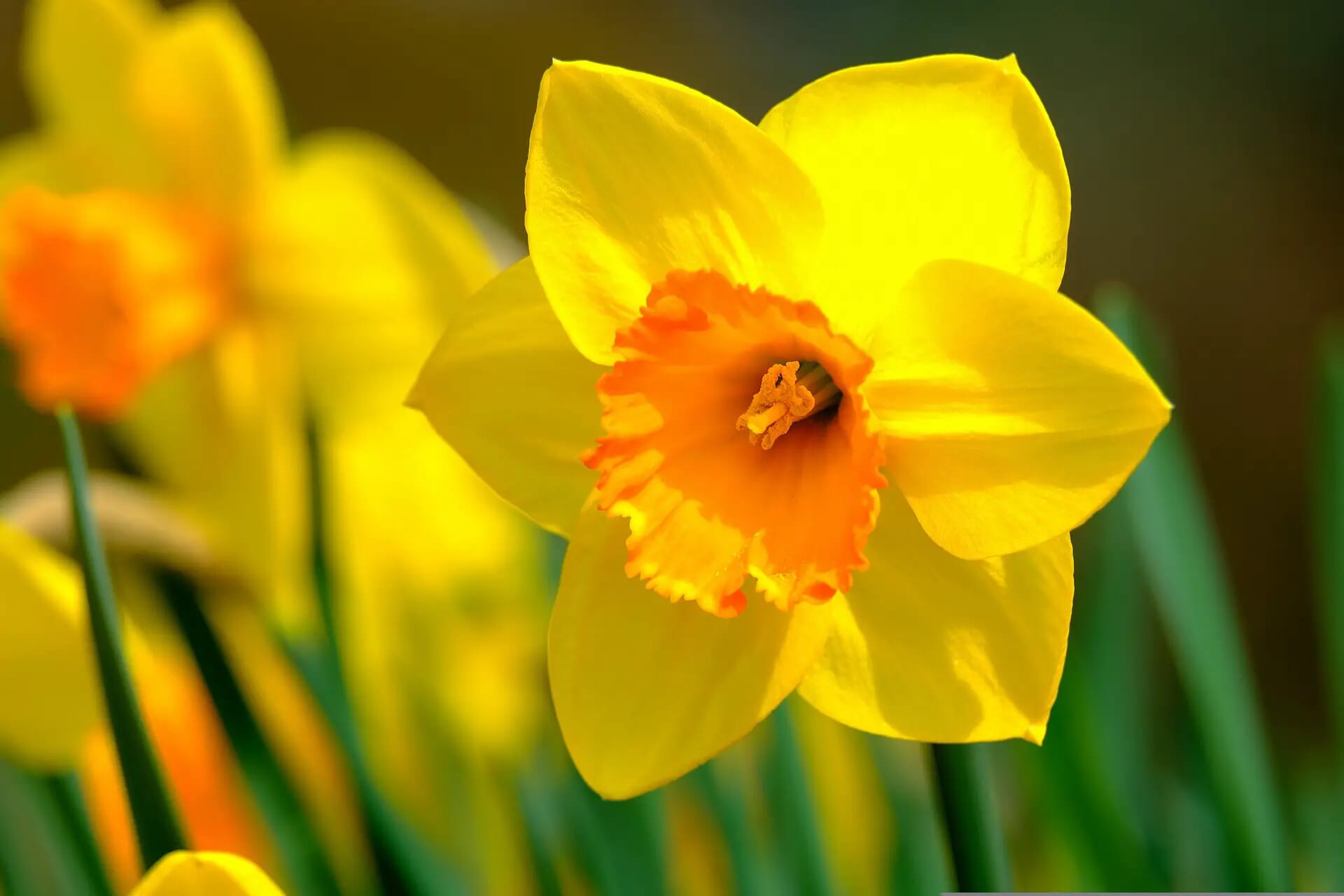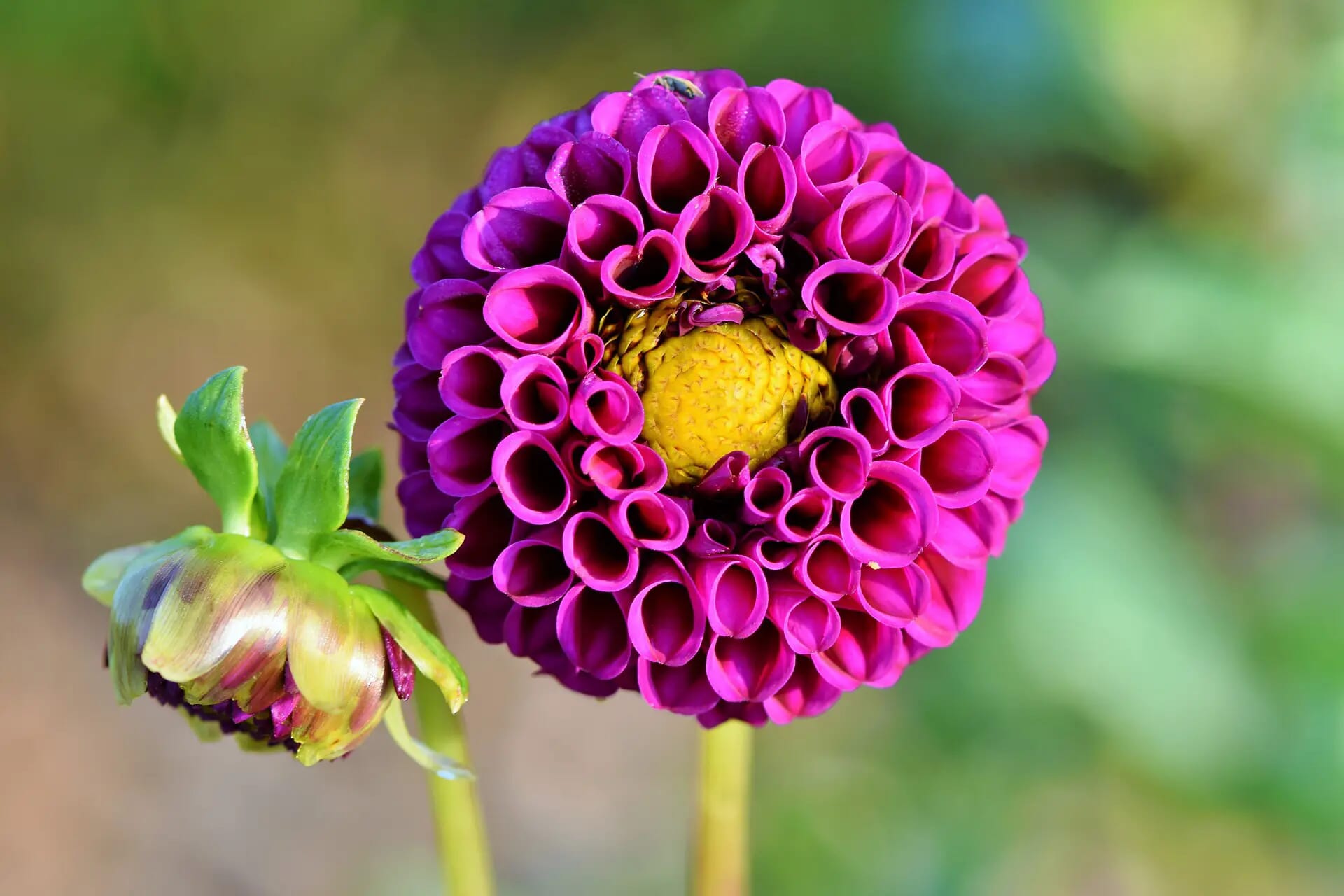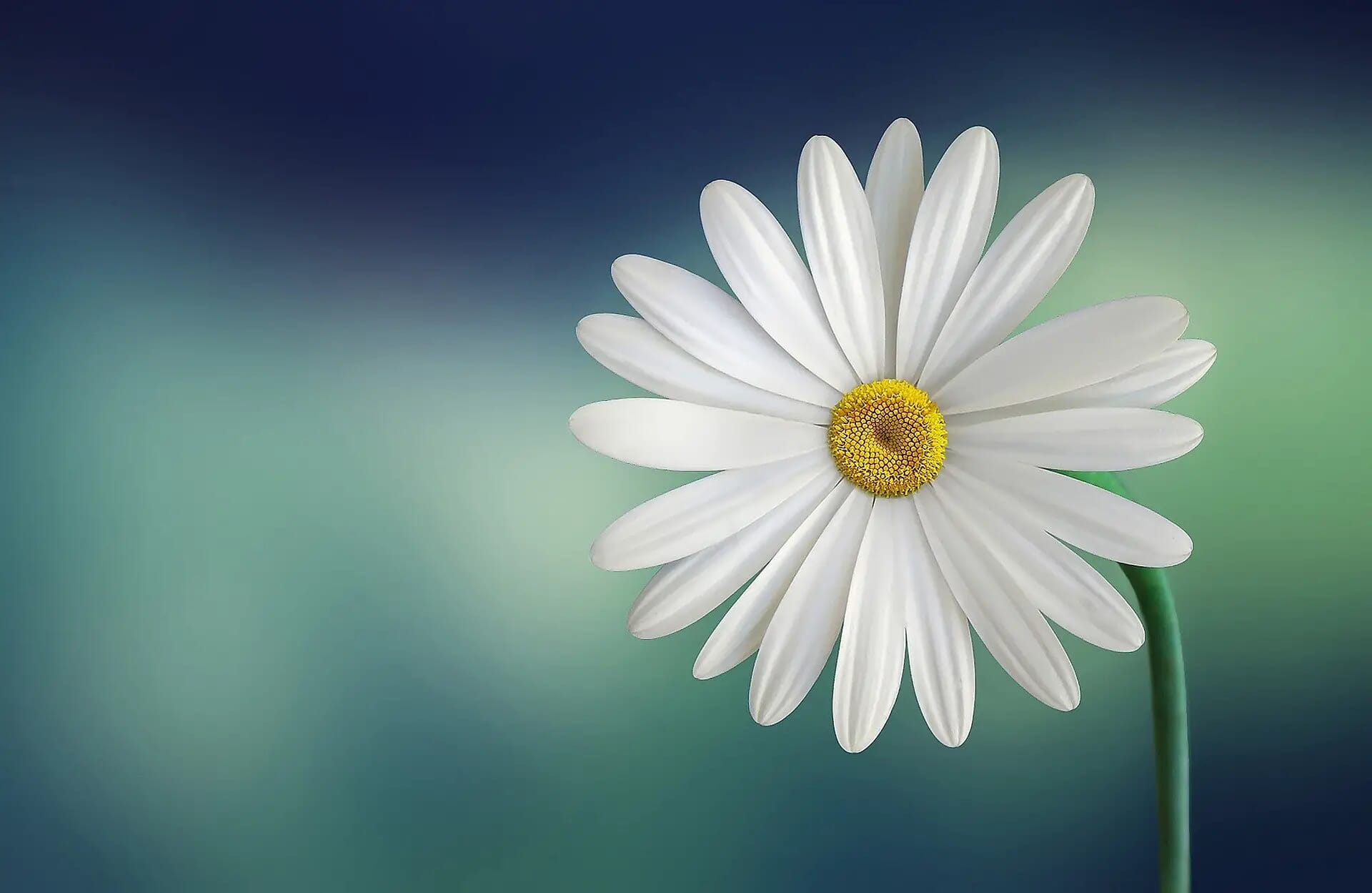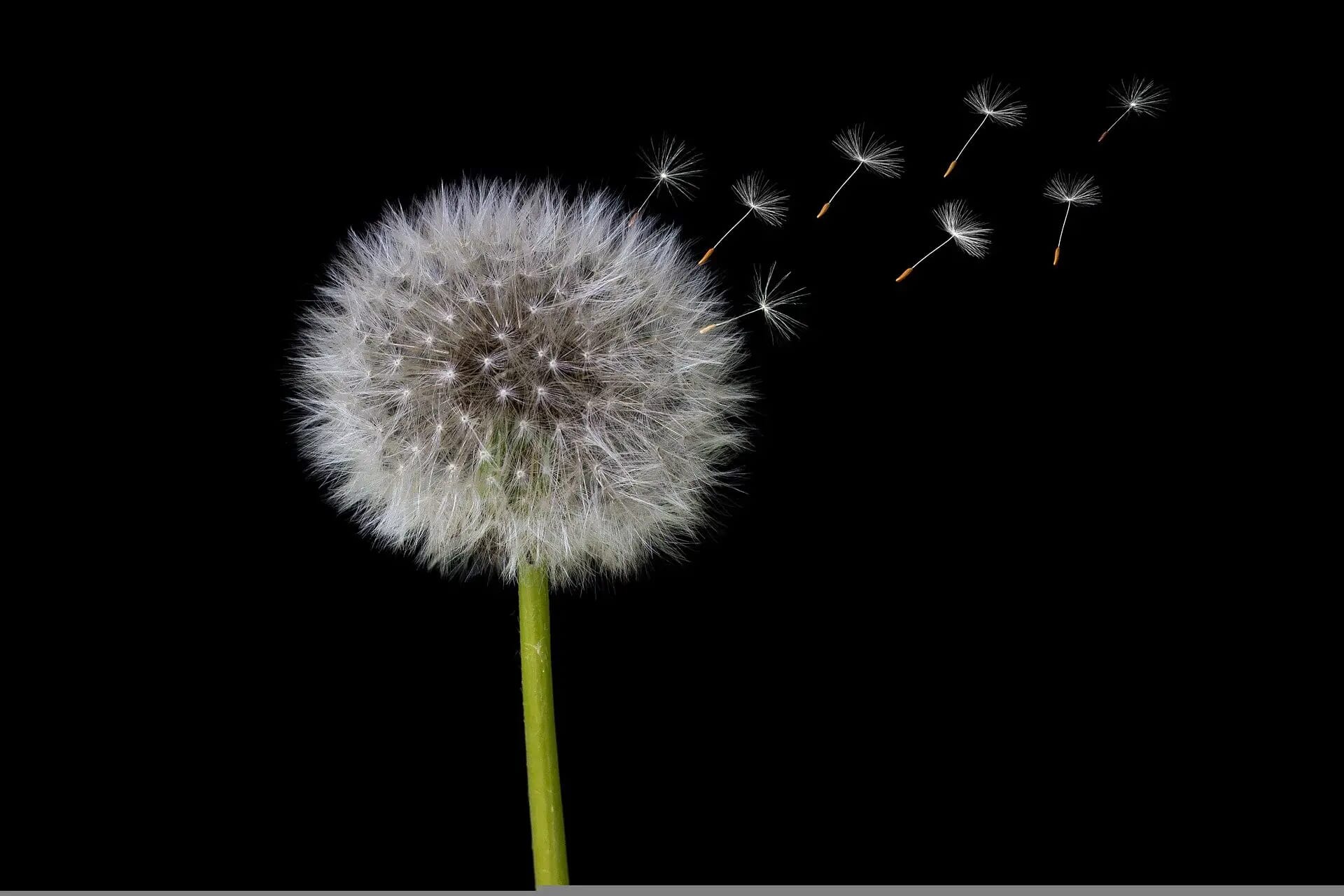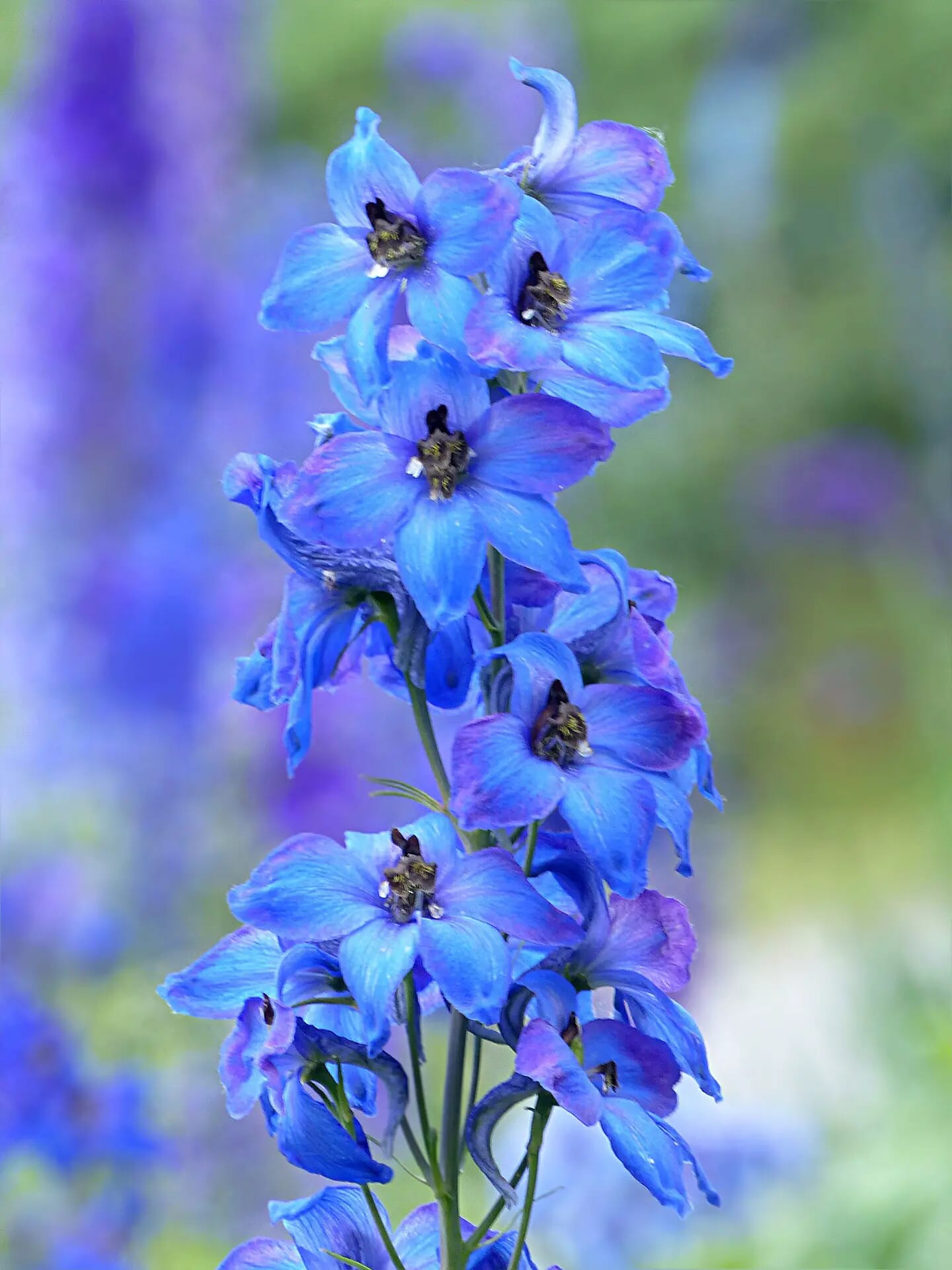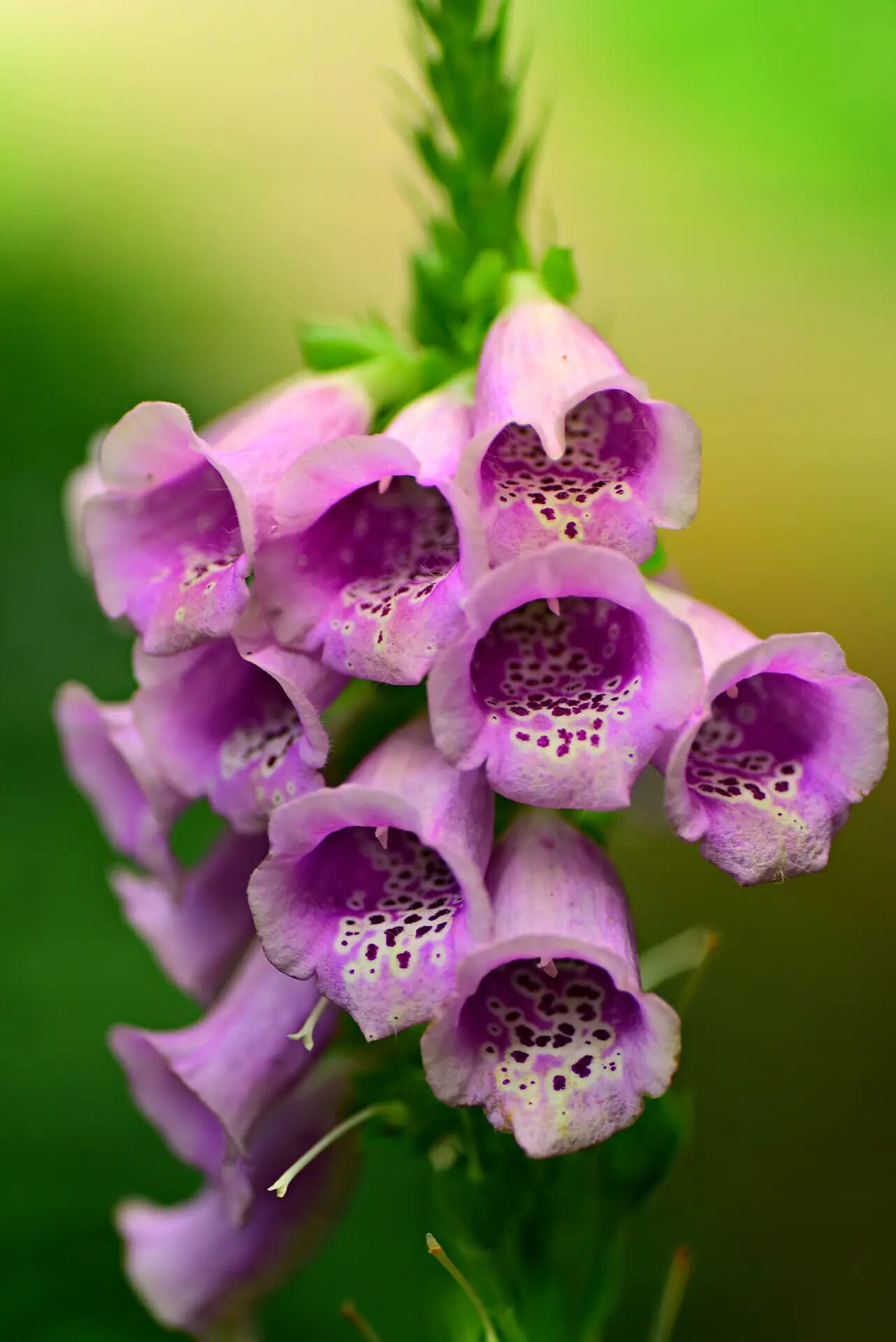Last Updated on January 5, 2024
Welcome, dear readers, to a fascinating exploration of the Acacia flower’s world.
In this blog, we embark on a journey through the intricate meanings, profound spiritual symbolism, and the captivating language of colors associated with the Acacia bloom.
As we delve into the depths of the Acacia flower, we’ll uncover the rich history, cultural significance, and hidden messages it has carried throughout the ages.
With its delicate yet resilient beauty, the Acacia has left an indelible mark on various cultures and traditions.
Key Takeaways
- Ancient Symbolism: TThe Acacia flower carries diverse symbolic meanings, ranging from renewal and fortitude to immortality and the human soul. Its symbolism is deeply rooted in various cultures.
- Profound Symbolism: Acacia holds universal symbolism, representing renewal, fortitude, and purity worldwide. Freemasons utilize it as a symbol of the immortal human soul, especially in funeral services, emphasizing the indestructibility of the soul.
- Color Significance: Yellow acacia symbolizes vitality and spiritual enlightenment, purple signifies serenity and dynamic energy, and red represents fertility, pleasure, and enduring love. Each color carries unique associations, adding depth to the flower’s symbolism.
- Cultural and Religious Connections: The acacia tree has significant roles in various cultures, particularly in Jewish tradition. Ancient customs involved planting acacia trees at graves, symbolizing remembrance and the enduring spirit of the deceased.
- Spiritual Significance: Acacia flowers symbolize sacred concepts across cultures, serving as a bridge between the physical and spiritual worlds. In Christianity, the thornless wood is associated with the resurrection of Christ, and Freemasonry employs it symbolically for the soul’s immortality.
- Acacia Flower Tattoos: Acacia flower tattoos convey different meanings, such as remembrance of loved ones, expressions of chaste and enduring love, or symbols of beauty in retirement. The choice of color and context influences the interpretation.
- Endurance and Resilience: The overarching theme of acacia symbolism centers on the endurance and resilience of the human spirit. The evergreen nature of the acacia tree symbolizes eternal life in various spiritual traditions.
- Cultural Significance: Acacia flowers have cultural significance globally, attracting admiration for their fragrance, practical uses, and symbolism. The flower’s association with hope and enduring spirits makes it more than a mourning flower.
The Etymological Origins and Meaning
An acacia is a type of shrub or tree that produces bright flowers, usually yellow, found in the warm climates of the African savannah or Australia.
Though the flowers come and go, the bush is actually evergreen, and thus has leaves all throughout the year.
Though the origins are unclear, the word probably comes from the Greek word akakia, which is roughly translated to mean “thorny Egyptian tree”. This is derived from the Greek ake, which means “point” or “to be sharp”.
The Profound Symbolism of the Acacia
- Acacia represents renewal, fortitude, and purity worldwide.
- Freemasons use acacia as a symbol of the immortal human soul due to its evergreen nature.
- It is used in various rituals, especially in funeral services, to signify the indestructibility of the soul.
- A common practice in Hebrew tradition is to plant an acacia tree at the head of a loved one’s grave.
- The acacia symbolizes an eternal and incorruptible bush that endures beyond expectations.
The Significance of Acacia Flower Colors
Several good connotations are associated with the different varieties of color that the acacia flower might bloom with.
| Color | Significance | Symbolic Associations |
|---|---|---|
| Yellow | Vitality, Spiritual Enlightenment | Young and vibrant tree spirit, Happiness |
| Purple | Serenity, Dynamic Energy | Prestige, nobility, magic, wealth |
| Red | Fertility, Pleasure, Passion | Love, rage, everlasting love |
Yellow Acacia Flowers
- Common color: Yellow
- Symbolizes vitality and spiritual enlightenment
- Represents a young and vibrant tree spirit
- Associated with happiness, intellect, and positivity
- Uplifts the symbolism with bright colors
Purple Acacia Flowers
- Color: Purple
- Signifies a combination of serenity and dynamic energy
- Purple is often linked to prestige, nobility, and ambition
- For acacia flowers, it may also represent magic and wealth
Red Acacia Flowers
- Color: Red
- Symbolizes fertility, pleasure, dynamic energy, and passion
- Carries both positive (love) and negative (rage) connotations
- Represents everlasting and enduring love, given the acacia’s symbolic nature.
Meaningful Botanical Characteristics of the Acacia
There’s no wonder why so many ancient cultures found so much meaning in the acacia tree, as there are many uses for the wood and the flower that aren’t merely symbolic, thanks to its many botanical characteristics.
What we have been calling the acacia tree is actually only one member of the massive Acacia Genus. The genus is a part of the Fabaceae pea family, and subfamily Mimosoideae.
Many people see this massive connection between these different trees found all across the world to symbolize the interconnectedness of our beings and spirits.
Acacia trees and shrubs are notable for several reasons, thanks to these key characteristics:
Pinnate Leaves
The leaves of an acacia tree are compound and bipinnate – this means that they grow in rows that surround a single stem rather than from many different stems.
This makes these species of acacia look somewhat feathery, or fern-like.
RELATED: Alstroemeria Flower Meaning, Spiritual Symbolism, Color Meaning & More
Phyllodes That Look Like Like Leaves
When it comes to the leaves of an acacia tree, I find it interesting to note that not everything that looks like a leaf actually is one.
Some of these “leaves” are actually phyllodes – which is a type of modified petiole that connects to branches in the place of leaf stalks.
Other leaves or stems could also be cladodes, which is essentially a photosynthetic stem.
This might sound too significant but is a testament to the enduring nature of acacia trees, as they find other botanical ways to survive any conditions.
Vibrant Flowers
These trees produce flowers that come in a variety of different colors. The flowers only have minimal petals and vibrant, showy stamens.
People found them clustered together either in spherical heads or in elongated spikes, depending on the exact species of acacia.
High Tannin Content
Tannin is a brown or yellowish organic substance found in tree bark and used in the process of tanning leather. Acacia trees are noteworthy for having a particularly high level of tannin in their wood, making them pretty significant to the leather industry.
Special Occasions For The Acacia Flower
| Occasion | Cultural Association | Symbolism |
|---|---|---|
| Funeral Services | Freemasonry, Various Cultures | Immortality, eternal spirit, positive remembrance |
| Expressing Love and Affection | International Women’s Day, Italy | Adoration, love, freedom, immortality |
As previously stated, the acacia flower mostly associates with funeral services. However, I wouldn’t say that people considered it a mourning flower.
This flower does not attach to sadness, the way an orchid, or a peace lily does.
No, the acacia flower is more hopeful than that. When it is placed at the head of a burial site, it is symbolizing that the deceased spirit lives on eternally, that your spirits will be together again.
However, there is a flip side to the flower. People can also use it as a sign of love and affection – especially the red varieties.
As an example of this, on the 8th of March in some European countries such as Italy, men might present a woman that they’re interested in with an acacia flower.
In other places, some use the acacia flower as a symbol of International Women’s day, as the flower can mean adoration and freedom, as well as immortality and renewal.
RELATED: Alyssum Flower Meaning, Spiritual Symbolism, Color Meaning & More
The Cultural Significance of Acacia Flowers
Significance in Various Cultures
- The acacia tree holds great significance in various cultures.
- Particularly, it plays a crucial role in Jewish tradition.
Jewish Tradition
- Ancient Jewish customs involved planting acacia trees at graves.
- This symbolized remembrance and the enduring spirit of the deceased.
Biblical Connections
- Debates exist about the appearance of acacia trees in the Old Testament of the Bible.
- Some believe that Noah’s instructions for building the ark were engraved on acacia wood.
- There are historical claims that the Tree of Life and the Burning Bush from the Bible were also acacia trees.
Far Eastern Usage
- In countries of the Far East, different parts of the acacia tree were used in special rituals.
- For example, Tibet used incense made from acacia bushes to ward off ill-meaning spirits or ghosts.
Protective Amulet
- With its significance in various cultures, acacia wood is considered by some as a potential protective amulet.
- It is believed to provide protection against negative influences and spiritual threats.
Exploring the Versatile Uses of Acacia Flowers
| Aspects | Significance |
|---|---|
| Fragrant Flowers | Valuable in perfume manufacturing |
| Natural Insect Repellent | Natural capacity to repel insect swarms |
| Leather Industry | Essential for tanning and stretching leather, used in the leather industry |
| Versatile Wood Usage | Preferred for crafting high-end guitars, canoes, surfboards, and other products |
| Dye Production | Seeds used for rich green dyes; flowers yield various colored dyes |
| Gum Utilization | Used as a food additive, adhesive, and in cosmetic products |
| Cultural Significance | Attracts various cultures due to its practical applications |
Fragrant Flowers
- Acacia flowers have a potent aroma, making them valuable in perfume manufacturing.
- Their fragrance is sought after for its use in creating various scents.
Natural Insect Repellent
- Acacia trees possess a natural capacity to repel and deter insect swarms.
- This feature contributes to the reverence for these trees.
Leather Industry
- Acacia wood, rich in intense tannins, plays a vital role in the leather industry.
- It is used for tanning and stretching leather, which is essential for the production of leather goods.
Versatile Wood Usage
- Acacia wood is highly sought after for crafting high-end guitars, canoes, surfboards, and other products.
- Its durability and versatility make it a preferred choice for various items.
Dye Production
- The seeds of the acacia bush can be used to produce rich green dyes.
- Additionally, the flowers yield dyes in various colors like yellow, purple, or red.
- These dyes were particularly valuable in cultures that used them to color clothes and fabric, adding significance to their creations.
Gum Utilization
- The gum obtained from acacia wood serves various purposes.
- It is used as a food additive, adhesive, and even in cosmetic products.
- Its versatility adds to the wide range of applications associated with the acacia tree.
Cultural Significance
- With its numerous practical uses, it’s evident why different cultures have embraced the acacia tree.
- Many have worked to plant and maintain acacia trees due to their multifaceted contributions.
Fascinating Facts About Acacia Flowers
- Sacred Symbolism: Acacia flowers hold deep spiritual significance in various cultures and belief systems.
- Ancient History: The acacia tree has been revered in ancient civilizations for its connection to spiritual realms.
- Resurrection Symbol: In Christianity, the acacia tree is associated with the resurrection of Christ due to its enduring nature and thornless wood.
- Masonic Symbol: Freemasonry uses the acacia symbolically to represent immortality of the soul and initiation into the afterlife.
- Egyptian Mythology: Ancient Egyptians linked acacia trees to rebirth and the soul’s journey to the afterlife.
- Divine Connection: Acacia flowers are considered a bridge between the physical and spiritual worlds.
- Purification: Burning acacia resin or incense is believed to purify and protect spaces.
- Symbol of Eternity: The evergreen nature of the acacia tree symbolizes eternal life in many spiritual traditions.
RELATED: Amaryllis Flower Meaning, Spiritual Symbolism, Color Meaning & More
RELATED: Azalea Flower Meaning, Spiritual Symbolism, Color Meaning & More
What Is The Symbolism Of An Acacia Flower Tattoo
| Symbolism | Interpretation | Context |
|---|---|---|
| Remembrance | Spirit of loved ones passed away, nearness of their spirit | Mourning, remembrance, honoring loved ones |
| Love and Affection | Chaste and true love, enduring love | Couples’ tattoos, symbols of affection and devotion |
| Beauty in Retirement | Enduring beauty in old age, like the acacia tree | Personal growth and aging, symbolism of beauty |
The meaning behind an acacia flower varies depending on the context the person gives. But there are some overarching concepts communicated if you choose to get an acacia flower tattoo.
For example, in line with the previously understood symbolism of the acacia flower, a tattoo could be worn in remembrance of loved ones that have passed away, as a way to feel as though their spirit is still near you.
For others, the flower might mean love that is chaste and true – like how Italy used it on the 8th of March.
It would therefore make a great couples tattoo, or tattoo you get to symbolise your lover, or keep them with you.
In other ways, an acacia tattoo could also symbolize beauty in retirement, as you grow old with your tattoo, you and it will remain beautiful and endure, just like an acacia tree, you will be evergreen.
Bottom Line
There is a lot of symbolism and meaning the acacia flower has. But the most prominent of all of them is the endurance and resilience of the human spirit, and how, even in death, the spirit remains.
Frequently Asked Questions
What is the spiritual significance of acacia flowers?
Acacia flowers hold spiritual significance in various cultures and symbolize qualities like resurrection, immortality, and the connection between the physical and spiritual realms.
How are acacia flowers linked to Christianity?
Acacia trees are associated with the resurrection of Christ in Christianity due to their enduring nature and the use of thornless acacia wood in the construction of the Ark of the Covenant.
Are acacia flowers connected to Freemasonry?
Yes, Freemasonry uses acacia symbolically to represent the immortality of the soul and its journey to the afterlife, making it an integral part of Masonic rituals.
What role do acacia trees play in ancient Egyptian mythology?
Acacia trees were linked to themes of rebirth and the soul’s journey to the afterlife in ancient Egyptian mythology.
How do acacia flowers act as mediators between the physical and spiritual worlds?
Acacia flowers are believed to serve as a bridge or intermediary between the material and spiritual realms, enabling communication and connection.
Is there a specific way to use acacia flowers for spiritual purposes?
Acacia flowers can be used in meditation, spiritual rituals, or by burning acacia resin or incense for purification and protection.
What does the evergreen nature of acacia symbolize in spirituality?
The evergreen quality of acacia trees is often associated with the concept of eternal life and spiritual continuity.
How are acacia flowers used in meditation?
Acacia flowers may be incorporated into meditation practices to enhance focus, connection to higher realms, and spiritual growth.
Can acacia flowers be seen as messengers to spiritual entities or deities?
Some believe that acacia flowers serve as messengers connecting individuals to higher spiritual beings or deities, aiding in communication and guidance.
Are there any precautions or guidelines for using acacia flowers in spiritual practices?
It’s important to approach the use of acacia flowers with respect and reverence, following any specific rituals or customs associated with your spiritual or cultural tradition. Additionally, consider ethical and sustainable sourcing of acacia flowers and products.
- Aconite Flower Meaning, Spiritual Symbolism, Color Meaning & More - February 15, 2022
- Allium Flower Meaning, Spiritual Symbolism, Color Meaning & More - February 15, 2022
- Alstroemeria Flower Meaning,Spiritual Symbolism,Color Meaning & More - February 15, 2022

